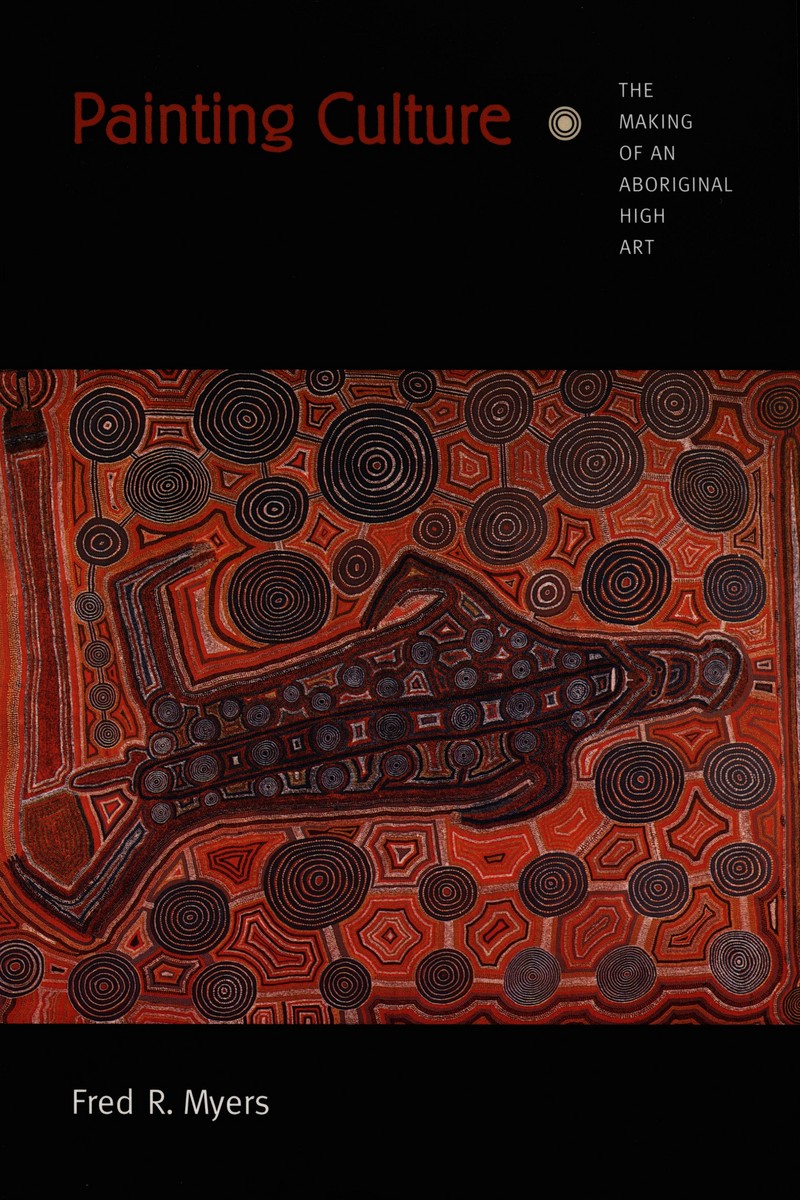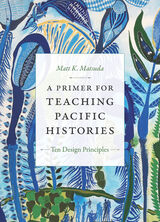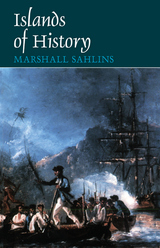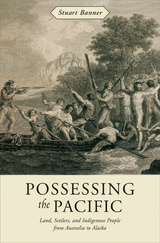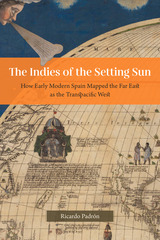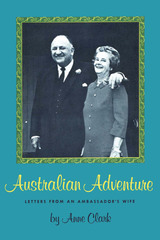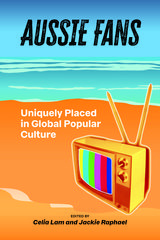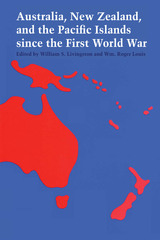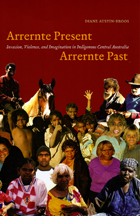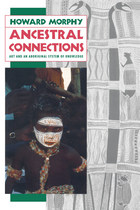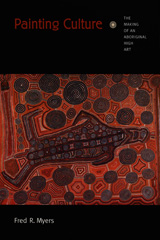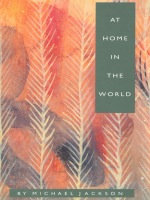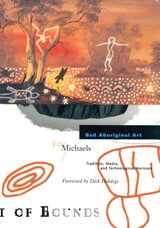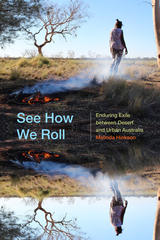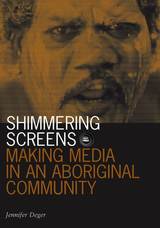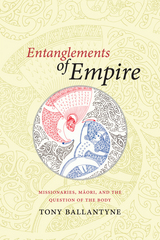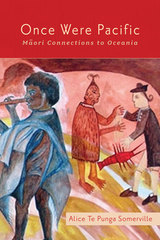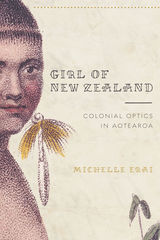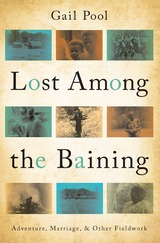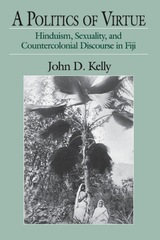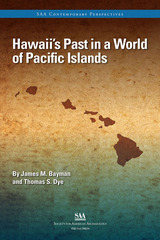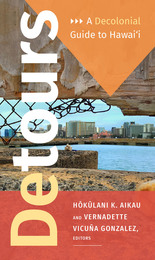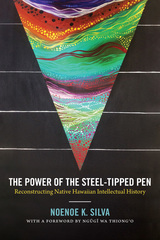“Aside from being an extraordinary feat of scholarship at the intersection of art, anthropology, and the renewed interest in material culture, this long-awaited study is equally a fulfillment of the many recent envisionings of an ethnography of movement and circulation. Only an anthropologist with as keen a sensibility as Fred R. Myers’s for the present epoch of change in both anthropology itself and the peoples it has long studied could produce a work of such focus and scope.”—George Marcus, Rice University
“Fred R. Myers has been in a unique position as a participant-observer of an art movement from its local beginnings to its international recognition. This book is a work of enormous significance, relevant to debates in contemporary art theory and cultural studies as well as in anthropology.”—Howard Morphy, Australian National University
"Rich, detailed description and penetrating thoughtful analysis. . . . The book delivers on its implicit promise to make it worth one's while to learn about all of that background and pays off in a deep understanding of how art gets to be art. . . . Most of all, Myers's book shows that there is just no substitute for solid fieldwork."
-- Howard S. Becker American Ethnologist
"One of the many virtues of this book is its vigorous review of the literature that informs the analysed data. . . . Painting Culture reminds us of the rich and subtle virtues of scholarship that engages its material with meditative and patient eye. Here is a challenging book about a sensational subject, which has avoided the twin demons of shallow journalistic imperative and disaffected, disengaged academic obscuration. This is a landmark contribution to the subject of Aboriginal art."
-- Françoise Dussart Anthropological Forum
"Theoretically, this book is state-of-the field, engaging frequently with prominent analysts of cultural dynamics. . . . This book bears the fruit of sustained ethnographic commitment of a sort that is becoming increasingly rare in anthropology. . . . Painting Culture makes a monumental contribution to understandings of the cultural, political, and economic dimensions of an increasingly globalized world."
-- Sally Price American Anthropologist
"Years before its much-awaited publication, Painting Culture had cast its shadow, like some spectre of mingled threat and promise, across the fractious institutions of the Australian art market. Word, from time to time, would scurry around: Fred Myers, the renouned, long-silent American anthropologist who knew everything about the Centre, was writing a book that would be definitive—the necessary account of Western Desert Aboriginal art, its origins and trajectory, its marketing, its flowering and contemporary fate. . . . Here, at last, it is, brought to the light of day by theory-loving Duke University Press, clotted with radical insights and festooned with praise from leading lights in the anthropological world. . . . These rich, closely observed passages in Painting Culture are unique explorations of intent and virtuosity among the first-generation Pintupi painters; they have a wondrously persuasive, interlocking tone of detail."
-- Nicolas Rothwell The Australian
